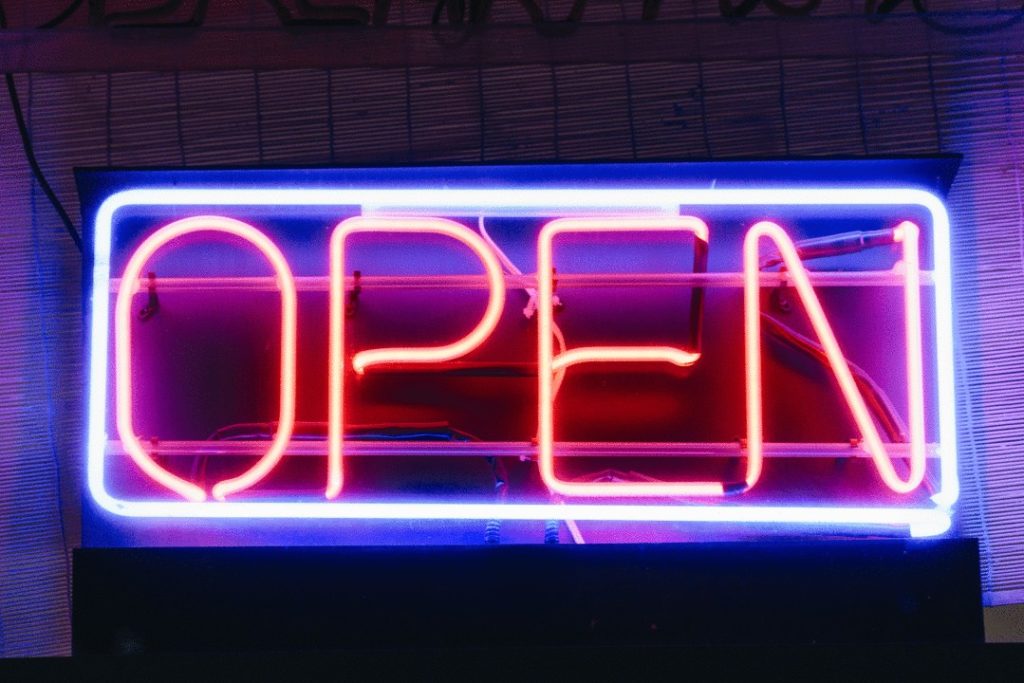
The “retail apocalypse” is just a hinge moment in its evolution
THIS WEEK, FIGURES showed that retailers in the United Kingdom had suffered their worst January for sales since 2013. Commentators described a distinctly gloomy state of affairs for British retail. Indeed, the phrase “high street gloom” racked up close to 700,000 Google search results over the course of 2017, reported The Telegraph. Everyone seemed to agree that the so-called retail apocalypse is claiming its first victims, and the future looks decidedly bleak.
Perhaps, with this information in mind, we in the retail sector should head to the supermarket (soon to close, of course) and stock up on tinned goods so we can take shelter in our proverbial bunkers in the hope we can survive this “apocalypse”? But of course we won’t, because what many are describing as the end of bricks-and-mortar retail is really only a redefining. The “retail apocalypse” will be remembered as a hinge moment in the evolution of high street shopping––the birth pangs of a new, creative and exciting British retail sector based on technology.
What we’re seeing, and we’ve known for some time, is that the way people shop has fundamentally changed. Shoppers see no difference between online and offline sellers, and thanks to price comparison services and review sites, they often know as much as the salespeople. Meanwhile, mobile devices are driving foot traffic to stores. The underlying theme is technology, and those businesses that hold stubbornly on the models that served them well in past decades and fail to adapt to that disruption will fall by the wayside. They will be the victims of this “apocalypse”. But those that do adapt will survive––and thrive, and that is what most retailers are looking to do.
Technology will enhance retail by providing more touch points in shops. The role of the sales person will evolve: technology will take care of the simple tasks, giving them the freedom to act as specialist advisors. Digital dressing rooms and makeup counters will emerge. Shops will host special events for loyal customers. Kitchens could self-stock the basics, allowing supermarkets to stock more unusual and hard-to-find items. The list goes on.
While the world’s most traditional retailers are the ones most at threat in the Digital Age, every retailer, be it large or small, modern or traditional, must adopt an objective perspective with regard to its organisation. As the rate of technological change accelerates, new cracks will emerge and must be closed, even for the newest players in the retail market. The data suggests that retailers are already taking positive steps. The IHL projects that technology spending in the sector will rise approximately 3% over the next three years as retailers look to find ways to support unified commerce and offer a modern and engaging customer experience. JML’s own recognition of the changing market and the need to respond was behind the acquisition of Brand Evangelists, a dynamic and digital-only cosmetic company sell their products through social media alone. JML is also a legacy brand, and for legacy brands, it can be productive to look at the wider market through a venture capitalist lens: in doing so, we and they can identify potential areas of growth and invest in those areas, even if they exist outside of the business model. The long-term result of an approach like this is that traditional brands can not react quickly to change, but anticipate change.
When, in May 1897, the English correspondent for the New York Journal, Frank Marshall White, contacted Mark Twain in London to inquire about his health following rumours he was gravely ill, Twain replied, “The report of my death was an exaggeration.” The report of the death of retail is also an exaggeration. The “retail apocalypse”? It’s nothing of the sort.

